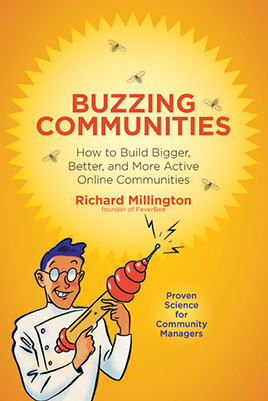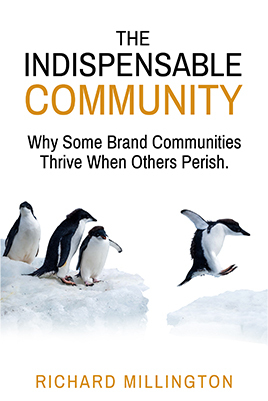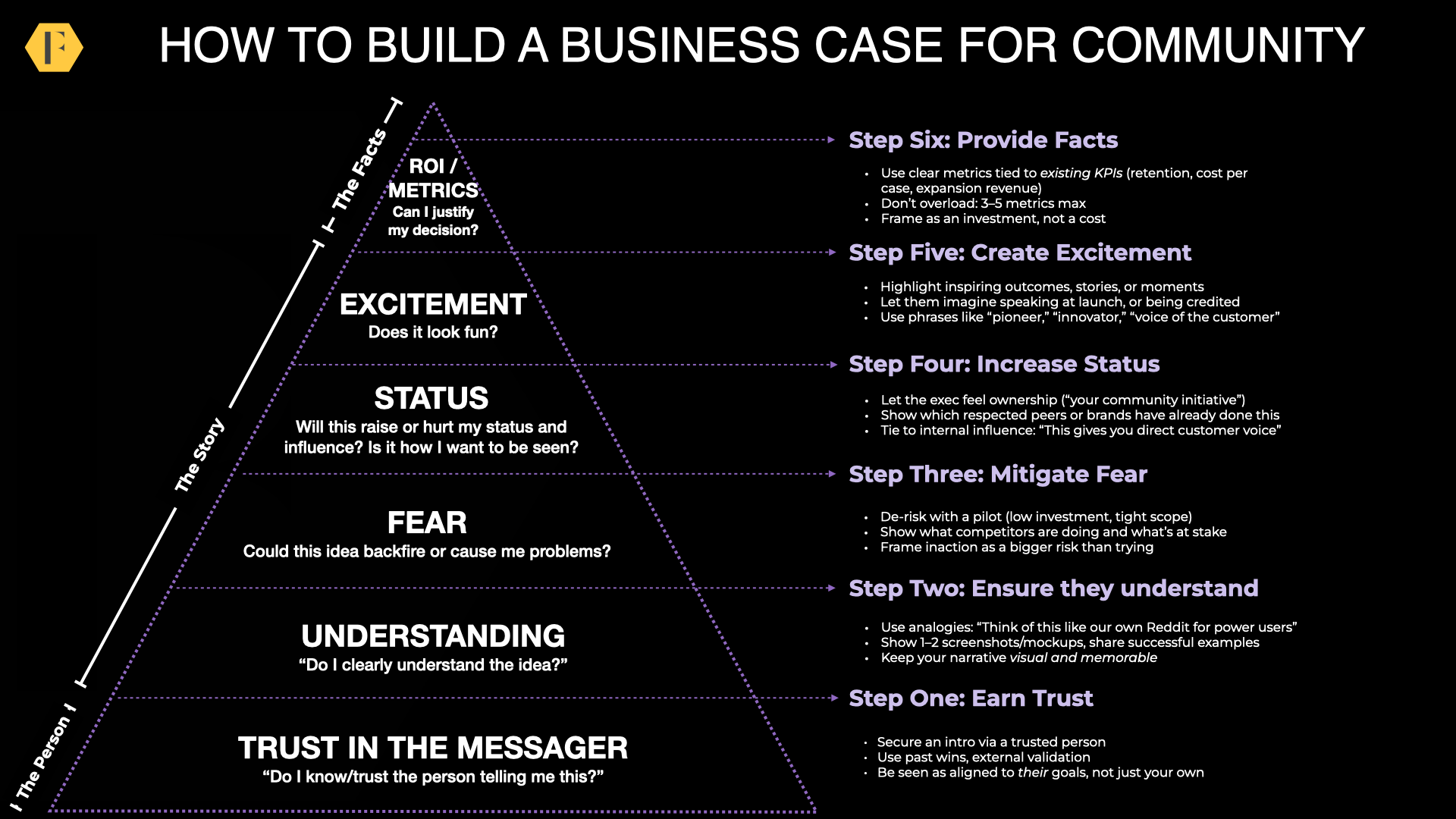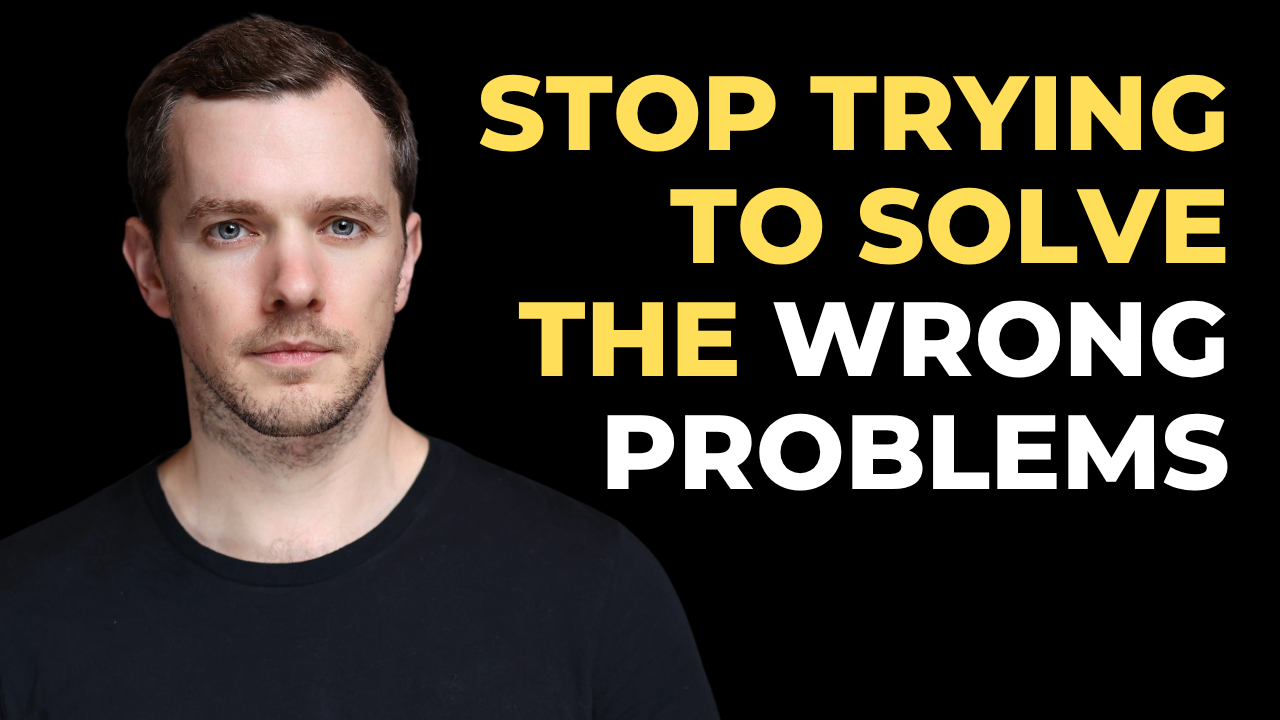A few weeks ago we relaunched the FeverBee site. It’s the first real change we’ve made to the site change in 8 years. If you’re reading this by e-mail, you should check it out.
We haven’t promoted the side until we’ve optimised a newcomer journey. Communities are a game of retention.
Fred Wilson believes you need to be able to keep the majority of your members active past 90 days. 90 days might not be the number but it’s definitely a number. Retention is always more important than growth.
What % of members can you keep actively participating past 90 days?
The goal of our onboarding journey is to get members to participate, explain a little about the community culture, and highlight other value members can get form us – while keeping the community manager’s (Hawk’s) time free to work on the high priority tasks.
Our on-boarding process looks like this (feel free to test it for yourself).
- 3-post prompt. A visitor arrives, typically either via referral or organic Google search. After viewing 3 posts they’re prompted to join FeverBee Experts (it’s free).
- Enter information. You enter your details and sign up.
- Select membership level. You select your membership level. We have a paid ‘growth club’ area which gives access to all free resources. Most communities can skip this.
- Receive welcome e-mail and notification from Hawk. This prompts you to participate in our highest value discussion.
- Synched to mailchimp. Upon registration your name is synced to a mailchimp list and subscribed to receive a series of 4 e-mails over 4 weeks. This is a custom wordpress to mailchimp plugin we developed.
- e-mail 1: Free resources. We send members our best resources. This both increases the value of the discussion (everyone is at the same high level) and encourages members to open our e-mails in future by only providing useful information.
- e-mail 2: The culture e-mail: This explains what makes FeverBee Experts unique and the kind of discussions we’re looking for. We want to highlight how members can participate to get the most value.
- e-mail 3: The second value e-mail: This one we intend to update often. It highlights a practical step members can take to improve their communities and guides people to a discussion.
- e-mail 4: The purpose e-mail. This explains clearly why we created the community and what we hope to get from it. We want people to be as passionate about our goals as we are. This also highlights other value we can offer.
- Added to community list. Once complete this adds you to the main community list. You get the same updates as everyone else. Soon we will do further segmentation based upon member’s level of activity and listed interests. We can create reminders for those that haven’t participate in a few weeks or send out the most popular discussions and specific categories.
There are two temptations to resist here. The first is individually greeting every new member. That doesn’t scale nor have a big impact. Optimising the automated part of onboarding will always be more successful. Second, the desire to promote a new site to everyone. Until you’ve optimised the user journey, don’t promote a new site.
You need to ensure that everyone that visits the community has the greatest possible probability of becoming a regular, active, member. If you can’t keep the members you have, why do you think you can keep the members you don’t have?
We’re going to spend a lot of time at FeverBee SPRINT explaining how you can use psychology to optimise this entire journey for a variety of sectors. I hope you can join us.





